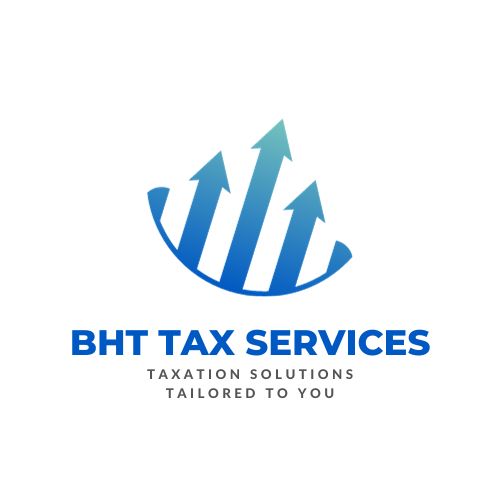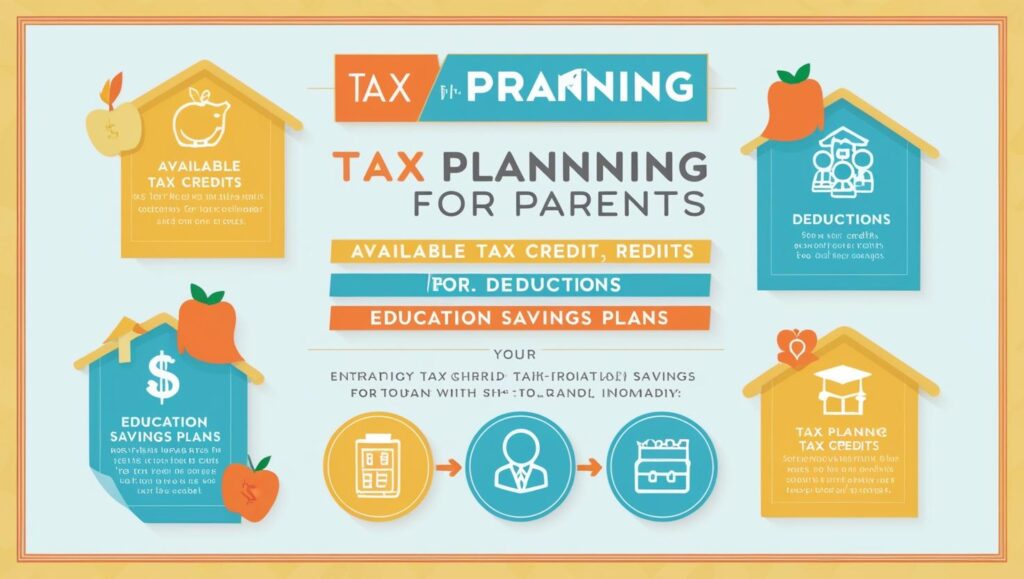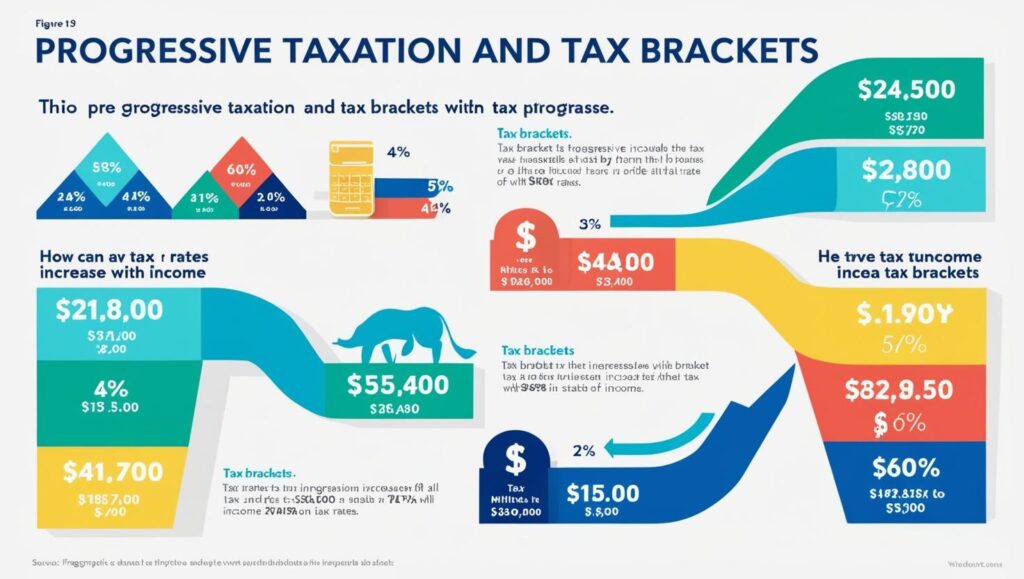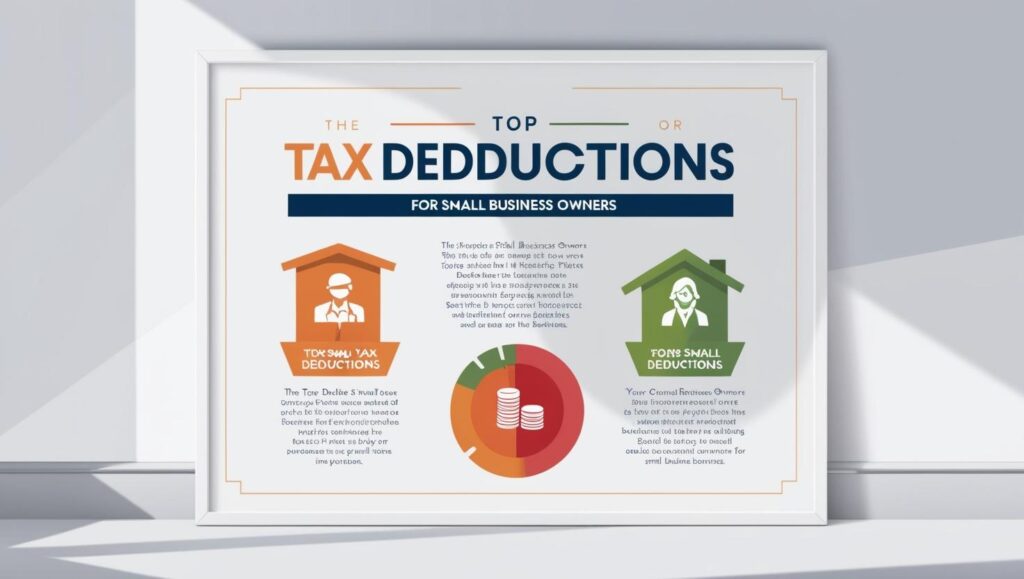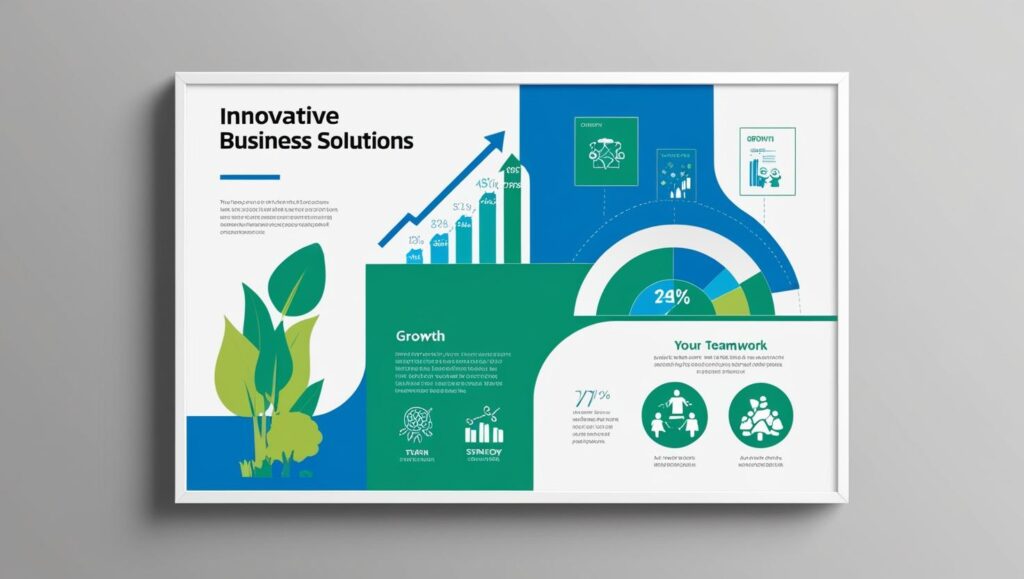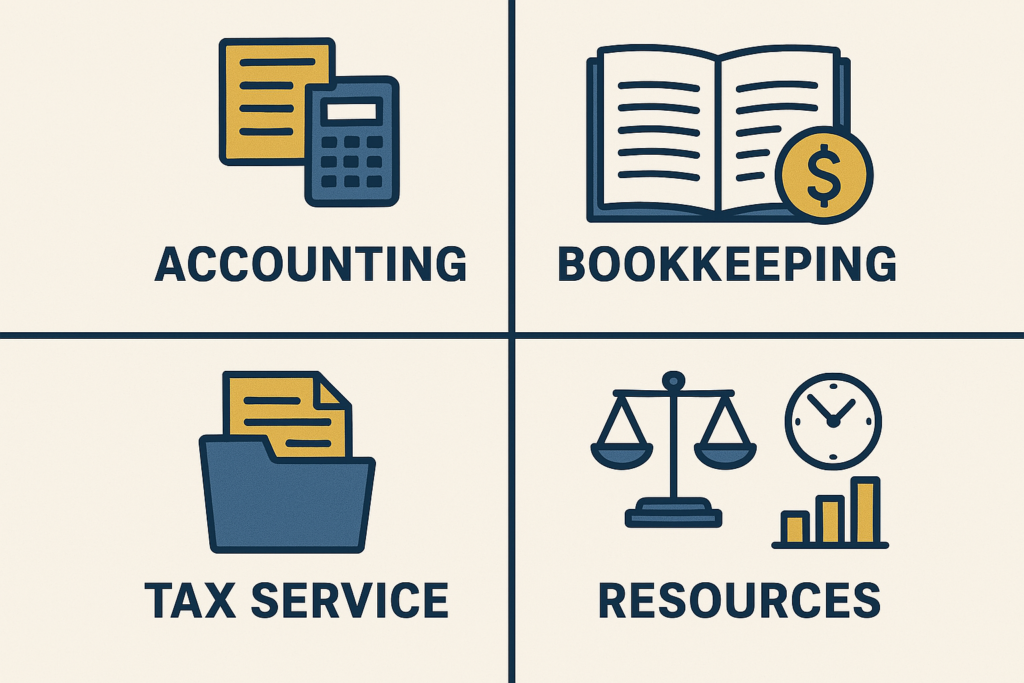
Understanding the Importance of Accounting, Bookkeeping, and Tax Services
In today’s complex business environment, accounting, bookkeeping, and tax services form the financial backbone of any organization. These essential services ensure businesses remain compliant, financially transparent, and strategically positioned for growth. Whether you’re a small business owner, an entrepreneur, or a corporate executive, having a trusted financial support system can be the key to your long-term success.
Professional Accounting Services for Business Growth
Accounting is not merely about tracking debits and credits—it’s about leveraging data to make informed financial decisions. Our professional accounting services include:
- Financial Statement Preparation
We produce accurate balance sheets, income statements, and cash flow reports that reflect the true financial health of your business. - General Ledger Maintenance
A meticulously maintained ledger helps you monitor all financial activities and catch discrepancies before they become problems. - Budgeting and Forecasting
We offer financial projections based on real-time data, enabling you to plan for the future and allocate resources effectively. - Financial Analysis
Gain insight into profitability, liquidity, and operational efficiency through deep-dive financial analytics.
Efficient Bookkeeping Solutions Tailored for You
Bookkeeping is the systematic recording of financial transactions, and it forms the foundation for solid accounting practices. Our bookkeeping solutions are designed to suit a variety of industries and business sizes:
- Daily Transaction Recording
Keep track of every financial movement—sales, purchases, receipts, and payments—entered accurately and consistently. - Bank Reconciliations
We match your internal records with bank statements to identify and resolve any mismatches or unauthorized transactions. - Accounts Payable and Receivable
Stay on top of bills and invoices, improve cash flow, and reduce the risk of missed payments or uncollected revenue. - Payroll Services
From calculating wages to managing tax withholdings and employee benefits, we ensure your payroll runs smoothly and compliantly.
Reliable Tax Services That Maximize Deductions and Ensure Compliance
Tax compliance is critical to avoiding penalties and audits. Our expert tax services help businesses and individuals navigate the ever-changing tax landscape with confidence:
- Tax Planning and Strategy
We craft customized tax strategies that minimize liabilities while adhering to current tax laws and regulations. - Corporate and Individual Tax Preparation
Let us handle your federal, state, and local tax filings with precision and timeliness. - IRS Audit Support
If you’re facing an audit, we provide representation and handle communication with tax authorities to protect your interests. - Sales Tax Services
From registration to reporting, we help you manage your sales tax obligations across various jurisdictions.
Cloud-Based Accounting and Bookkeeping Tools
Technology has transformed the way financial data is recorded, analyzed, and reported. We implement and manage cloud-based accounting solutions to streamline your operations:
- QuickBooks Online and Xero Integration
These platforms offer real-time access to your financial data from anywhere in the world. - Secure Data Storage and Backup
Your financial information is encrypted and stored securely, ensuring compliance with data privacy regulations. - Automated Invoicing and Payments
Improve cash flow and reduce administrative workload through digital invoicing and online payment systems. - Mobile Access and Reporting Dashboards
Make informed decisions with dashboards and reports accessible from any device.
Customized Financial Solutions for Every Industry
No two businesses are the same. We provide customized accounting and tax services for a variety of industries, including:
- Healthcare Providers
From managing insurance reimbursements to ensuring HIPAA compliance, we tailor services for healthcare professionals. - Retail and E-commerce
Track inventory, manage merchant accounts, and optimize pricing with accurate financial data. - Construction and Real Estate
We provide job costing, contractor payments, and revenue recognition in compliance with industry standards. - Professional Services
Consultants, attorneys, and freelancers benefit from time-saving solutions that enhance billing and expense tracking.
Outsourced Accounting and Bookkeeping: A Smart Business Move
Many small to mid-sized businesses benefit from outsourcing financial services to reduce overhead and gain access to specialized expertise. Our outsourced services include:
- Virtual CFO Services
Gain strategic financial leadership without the cost of a full-time executive. - Controller Services
Enhance internal controls, implement best practices, and oversee accounting functions with expert oversight. - Full-Service Bookkeeping and Payroll
We become an extension of your team, handling everything from transaction entry to tax filings.
Why Choose Us for Your Accounting and Tax Needs?
- Expertise You Can Trust
Our team of certified professionals has years of experience in accounting, taxation, and financial consulting. - Personalized Client Experience
We take the time to understand your business and deliver services that meet your specific goals. - Affordable and Scalable Solutions
Whether you’re a startup or a growing enterprise, our services scale with your business. - Commitment to Compliance and Accuracy
We stay ahead of the latest regulatory changes to ensure your business remains compliant and financially sound.
Get Started Today with Professional Accounting Resources
We provide resource-rich tools, expert consultation, and long-term support for all your accounting, bookkeeping, and tax service needs. Don’t let financial management hold your business back—partner with professionals who understand how to position your business for success.
Contact us today for a personalized consultation, and let’s build a roadmap to financial clarity and growth together.
